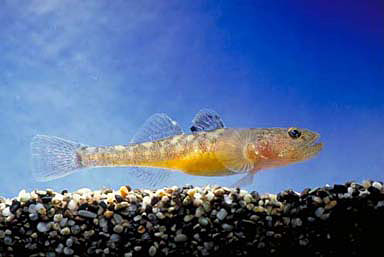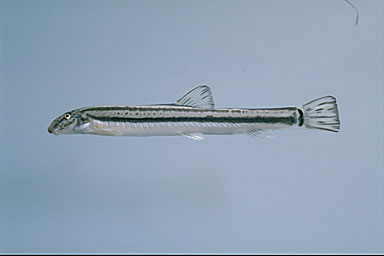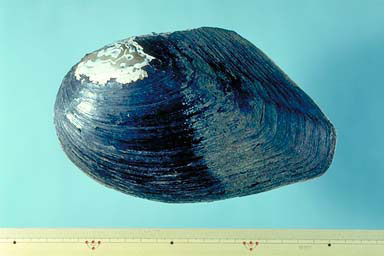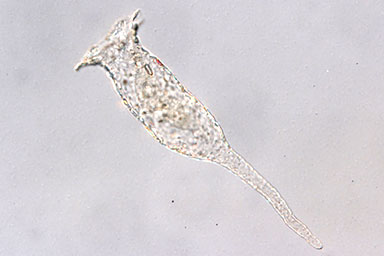Physical Characteristics

Area of the lake: 670.25 km2
Catchment area: 3,174 km2
Volume: Total 27.5 km3- North basin 27.3 km3
- South Basin 0.2 km3
 Maximum depth:
Maximum depth:
- North basin 104 m
- South Basin 8 m
- North basin 44 m
- South basin 3.5 m
Length of shoreline: 235 km
Number of inlets: 118 large rivers
Number of natural outlets: one (the Seta River)
Trophic status:- North basin mesotrophic
- South basin eutrophic
Elevation: 86 m
Climate: Köppen-Geiger climatic zone Cfa - temperate, without dry season, hot summer.
Islands:- Okishima - 1.51 km2
- Yabase-kihanto (artificial island built in 1980) - 0.75 km2
- Chikubushima - 0.15 km2
- Takeshima - 0.0053 km2
Etymology
Named after the Japanese lute 'biwa' in reference to its shape. Japanese: Biwa-ko. This name dates back about 320 years. Before this time, the lake had various names, including Ohmi no Umi (the Sea of Ohmi). Ohmi is the old name for Shiga Prefecture.Age
There has been a continuous presence of a lake in the area for approximately one million years, since the formation of Lake Biwa's predecessor, Lake Katata. Lake Katata gradually moved to the west to the present position of the southern basin of Lake Biwa, and then expanded north-east, forming the current north basin about 400 000 years ago.However, to the south east of Lake Biwa there were four other lakes that existed back to about four million years ago. Due to its age, Lake Biwa is classified as one of the world's few 'ancient' lakes.
Uses
- The lake and its outflowing river system supply 14 million people with drinking water (including the cities of Osaka and Kyoto).
- Commercial fishing, mainly for ayu (Plecoglosus altivelis altivelis) in recent years.
- Recreation, especially sport fishing and boating.
Conservation Status
- Lake Biwa was designated a quasi-national park in 1950.
- The entire Lake Biwa region was designated as a wildlife sanctuary in 1971.
- Lake Biwa was registered with the Ramsar Convention on Wetlands in 1993 as a wetland of international importance.
The Lake's Fauna and Flora

More than 3100 species have been recorded from Lake Biwa and vicinity, and of these, over 2300 species are aquatic or semiaquatic.
- Mammals - 2 species (1 extinct*)
- Birds - 179 species
- Reptiles - 17 species
- Amphibians - 19 species
- Fish - 57 species
- Insects - 439 species
- Crustaceans - 155 species
- Arachnids - 13 species
- Tardigrades - 13 species
- Molluscs - 68 species
- Hirudinea - 14 species
- Turbellaria - 33 species
- Rotifera - 185 species
- Gastrotricha - 4 species
- Cnidaria - 4 species
- Nemertea - 1 species
- Oligochaeta - 56 species
- Nematodes - 75 species
- Porifera - 16 species
- Bryozoa - 15 species
- Plants along the shore - 565 species
- Floating plants - 49 species
- Submerged plants - 58 species
- Phytoplankton - 628 species
- Diatoms - 68 species
- Protozoa - 125 species
- Parasites (various groups) - 260 species
Endemic Species
Some species have been reported only from Lake Biwa. 62 of these species are endemic to the lake, i.e. live nowhere else. Another 84 are suspected to be endemic as they haven't been found anywhere else yet, but further research is required to confirm this.
- Fish - 17 species
- Insects - 2 species
- Crustaceans - 4 species
- Molluscs - 27 species
- Cnidaria - 2 species
- Oligochaeta - 1 species
- Floating plants - 1 species
- Submerged plants - 2 species
- Diatoms - 2 species
- Parasites (various groups) - 4 species
- Insects - 7 species
- Crustaceans - 16 species
- Arachnids - 7 species
- Tardigrades - 1 species
- Rotifera - 1 species
- Cnidaria - 1 species
- Nemertea - 13 species
- Oligochaeta - 1 species
- Nematodes - 1 species
- Porifera - 1 species
- Bryozoa - 1 species
- Parasites (various groups) - 34 species
Alien and invasive species
234 species are alien to the Lake Biwa region. Many of these are plants along the shores, but also many unwanted pets have been released into the lake.
- Mammals - 1 species (coypu)
- Birds - 1 species (common pigeon)
- Reptiles - 3 species (red-eared slider, snapping turtle, pitted-shelled turtle)
- Amphibians - 1 species (American bullfrog)
- Fish - 11 species (including black bass and blue gill)
- Crustaceans - 5 species (including the red swamp crayfish)
- Insects - 1 species
- Molluscs - 10 species
- Turbellaria - 2 species
- Porifera - 1 species
- Bryozoa - 1 species
- Plants along the shore - 171 species
- Floating plants - 7 species
- Submerged plants - 4 species
- Phytoplankton - 7 species
- Parasites (various groups) - 8 species
Some alien species have established populations in the lake and have become invasive. Some of the most common invasive species living in the lake include the following:
Data from: Lake Biwa: Interactions between nature and people. Second edition. Kawanabe, H., Nishino, M. & Maehata, M (Eds), 2020, Springer, 932 pp, ISBN 978-3-030-16969-5.

























